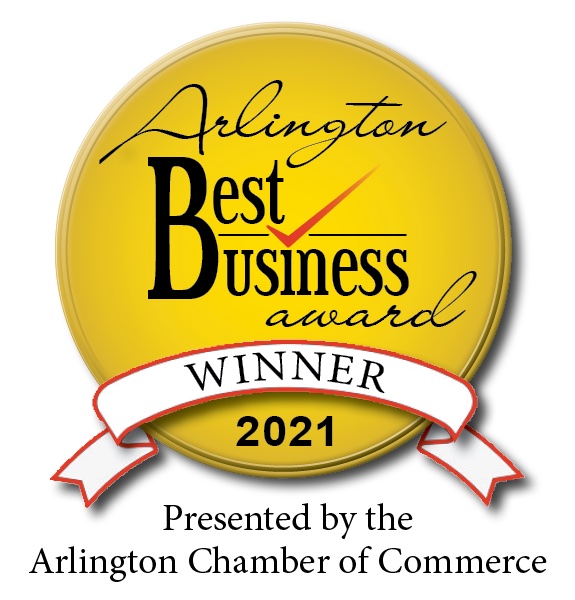By: Travis High, Leaders in Energy Product Strategy Manager

At recent Leaders in Energy events I’ve attended, I’ve had the pleasure of meeting several business leaders who are instrumental in the green economy throughout Washington, D.C. What I’m hearing is that there’s a lot of interest in partnering with other companies and organizations of a similar mindset, but finding the right partner can be a challenge. And that got me thinking.
For a company whose owners, leadership, and other stakeholders are all on board with sustainability, how do you do business with partners who may or may not share the sustainable business agenda? To begin with, picking the right business partner is never easy. It often goes awry. Finding the right partner in the green or social sector is even more complicated.
Brainstorming On Your Needs
When considering any collaboration, it’s important to define the priorities and deal breakers that will guide your expectations for the potential partnership. On top of the usual things that can muck up a deal, there are many things to consider that are germane to looking for a green business partner, such as:
- Culture – Does the company live and breathe sustainability? Is there evidence of senior leadership involvement in the community and public commitments? Culture fit is key to understanding if your organizations share the same values and motivations. But it’s also true that while trust is fundamental to building any relationship, it can be broken by any party, including one that you trust.
- Cost – Green often comes at a premium. Affordability of inputs becomes a concern – not only for the bottom line, but also in terms of cost-competitive pricing for your products and services. How well your suppliers economize in other areas will determine if they are able to provide you a good price that allows you to be competitive. And for companies selling green-friendly products and B2B services, how flexible can they be on pricing before the business becomes unprofitable? Something to consider.
- Capabilities – Can they deliver? Like everything else here, capability is always an issue, but the deliverables can be a lot more specific and thus more difficult to deliver, if they are to be regarded, and in some cases certified, as sustainable. Are their claims accurate? Assuming they are, can they deliver on the scale you’re looking for?
- Performance – Have they delivered? Is there a track record of achievements in sustainability that they can point to? Have they won awards from credible green organizations or chambers of commerce – locally, nationally, or internationally? Or have do they have a more mixed record?
- Responsiveness – Beyond responsiveness to your needs, are they proactive about solving issues related to their impact on society and the planet, and perhaps, even introducing new solutions in sustainability?
These factors are not an exclusive list, but they are among the more important ones to consider. Brainstorming on what is most important to you can help to narrow down what your expectations are.
Set your expectations
Expectations are often conceived with little structured thinking beforehand. Figure 1 shows an example of what a defined set of expectations might look like. Something like this could be used as a solid checklist of value statements that can be taken and measured against the reality.
Notice that the statements here are all positive statements. This is important because if the expectations are to be used to form a negotiating position, a positive statement will create a clearer position. Saying that you expect something not to happen really just reveals that you think it might happen, probably will happen, or has happened to you or a colleague in the past. That tells your partner something right off the bat.
Notice, for example, the subtle difference between “I have confidence that my partner can do what they say they can do” and “Partner has given me no reason to doubt that they can do what they say they can do.”
Once expectations are set, the list can be used to ascribe priorities (must haves, nice to haves) that can be used as negotiating points. Prioritization is important because in many cases, your expectations won’t be met by any one provider. So find the one that meets some or most of your priority criteria. And if a provider does offer exactly what you want, prioritization can still be useful in deciding how to implement your project.
Expectations can be transformed into a set of Key Performance Indicators (KPIs). In other words, the steps you go through to select a partner can help you track your progress. For example, if the project goal were to reduce water consumption in a manufacturing process, then for the expectation “Partner has the specific technical capabilities…” that you set out earlier, a good measurement might be that the partner provides at least three dedicated specialists in water reuse in manufacturing, or whatever you determine it to be.
I’ll write more about KPIs in a later blog post.
Move forward
Thankfully, there are resources to reduce the amount of imperfect information on potential partners. First, before undertaking any project, it’s wise to research the best practices in the field. If you don’t know where to start in your research or what to do with the information once you’ve got it, seeking out professional services or consulting is a great way to find information and evaluate alternatives. It comes at a cost, but depending on the scale of your project, it may be a price worth paying.
Finally, networking is a fantastic way to learn about new trends and best practices, but especially to find leads for business opportunities. Your contacts may have the inside scoop on what to look for and what to avoid. They might even have companies in mind or recommendations of people to contact.
The Leaders in Energy group is dedicated to clean energy and environmental conservation. Our members may have the solution you’ve been looking for all along.
If you are interested in searching for potential partners through Leaders in Energy, feel free to contact one of the key team leaders on the leadersinenergy.org website.



Leave a Reply